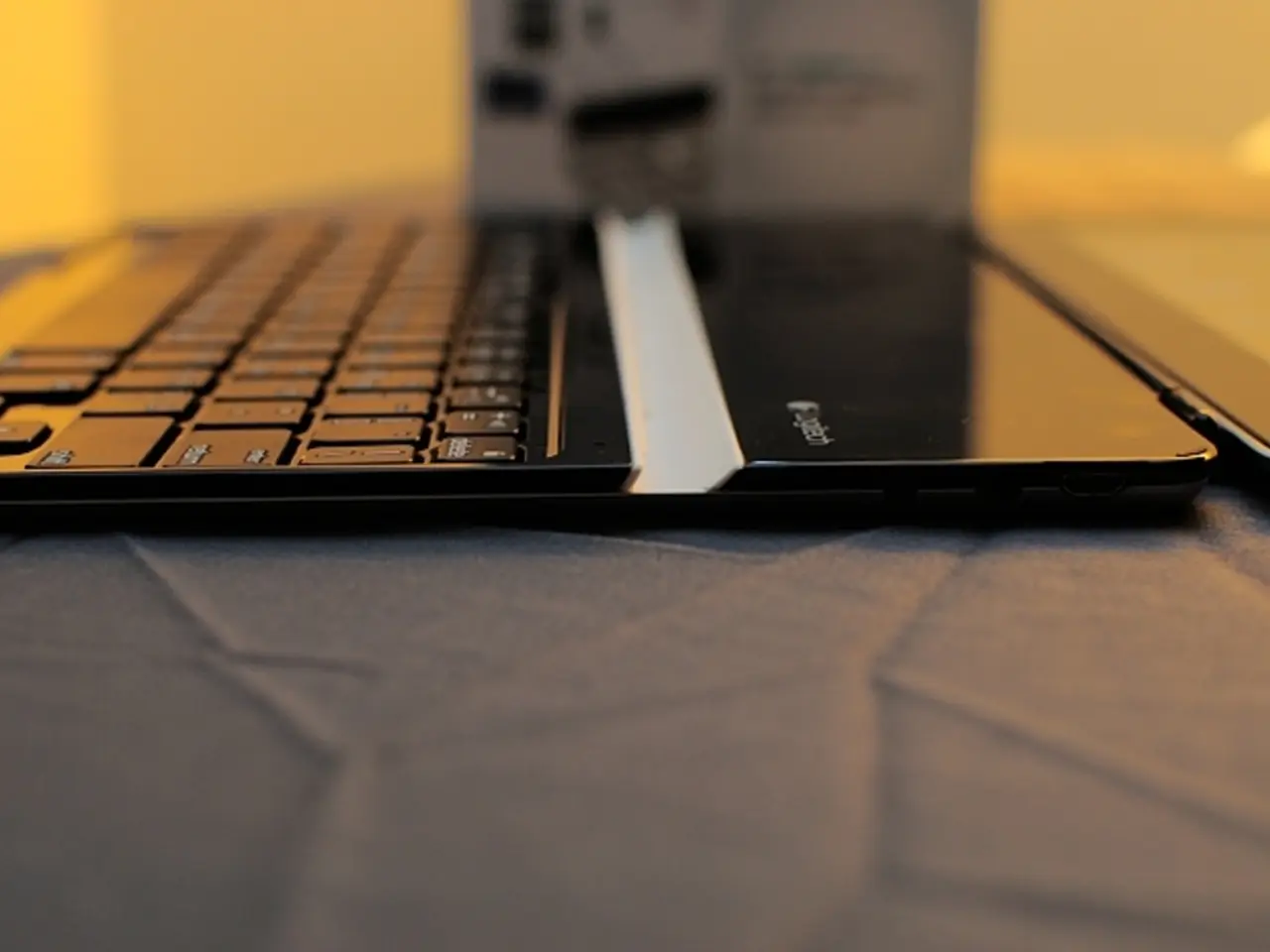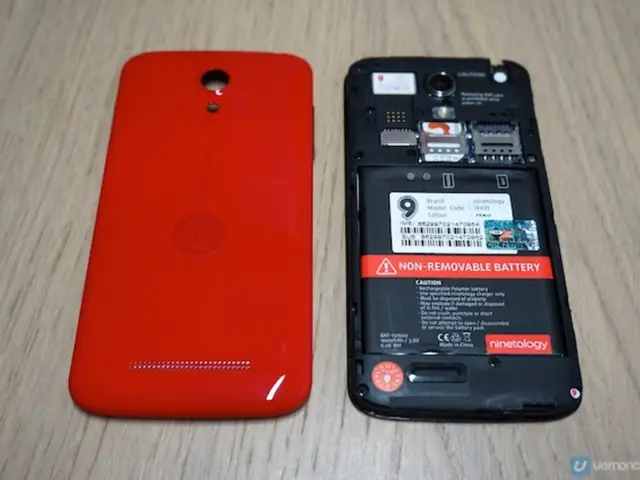"Origins of Mobility: Unraveling the Tale of Early Notebook Computers"
In the late 1970s and early 1980s, a revolution took place in the world of personal computing, as pioneers and visionaries set out to create portable devices that could deliver the power of desktop computers in a smaller, mobile form. This transformation, which culminated in the introduction of the first laptops, was a testament to the power of innovation and the enduring human desire to push the boundaries of what is possible.
The journey from the first laptops to modern ultrabooks is a fascinating tale, much like the evolution of soccer cleats for men, reflecting a constant drive for improvement. One of the first "portable" computers was the IBM 5100, introduced in 1975, which weighed nearly 55 pounds. Fast forward to the Epson HX-20, introduced in 1981, often referred to as the world's first laptop due to its built-in rechargeable battery, light weight of 3.5 pounds, and compact size.
The French company R2E played a significant role in this revolution with the Portal, introduced in 1980. This machine, featuring an Intel 8085 processor, 64 KB of RAM, a small screen, keyboard, floppy drive, and even a printer, was considered one of the very first portable computers. The Osborne 1, introduced by Adam Osborne in 1981, was the first real mobile computer, enabling professionals to carry their computing device and data with them. The Compaq Portable, introduced in 1982, was significant as the first portable computer compatible with IBM PC software, helping set a standard for portable computing.
The need for smaller, more user-friendly computers became apparent in the 1970s, leading to innovations in microprocessors, memory storage, and power management. The advent of solid-state storage, such as floppy disks and later hard drives, contributed to the portability of early laptops. The GRiD Compass 1100, released around the same time, was a clamshell laptop that set the standard for modern laptop design with its sleek magnesium alloy case and protection for the screen and keyboard.
The development of the first laptops was heavily influenced by advancements in technology, particularly miniaturization and the invention of the microprocessor. The Intel 8086 microprocessor, introduced in 1978, was a key enabler for portable computing due to its compact size and low power consumption.
The educational sector also benefited from the advent of laptops, providing students with access to digital tools and resources, enhancing the learning experience, and preparing them for the technology-driven workplace. The first laptops had a profound impact on society, changing the way people worked, communicated, and accessed information by breaking down the barriers of computing to offices and homes.
In summary, the first laptops were created by innovators at companies like R2E, Osborne, and Compaq, building on decades of computing advances from visionaries like Charles Babbage, John Mauchly, J. Presper Eckert, and software pioneers like Bill Gates and Paul Allen. These efforts collectively transformed huge room-sized computers into portable, practical laptops, setting the stage for the ultrabooks we use today.
Gadgets like the IBM 5100 and the Epson HX-20, which were early representatives of tech, represented significant steps in the evolution of technology, paving the way for more sophisticated devices such as ultrabooks. The development of miniaturization and the microprocessor, such as the Intel 8086, played a crucial role in enabling the creation of portable computers, thus revolutionizing the world of technology.








